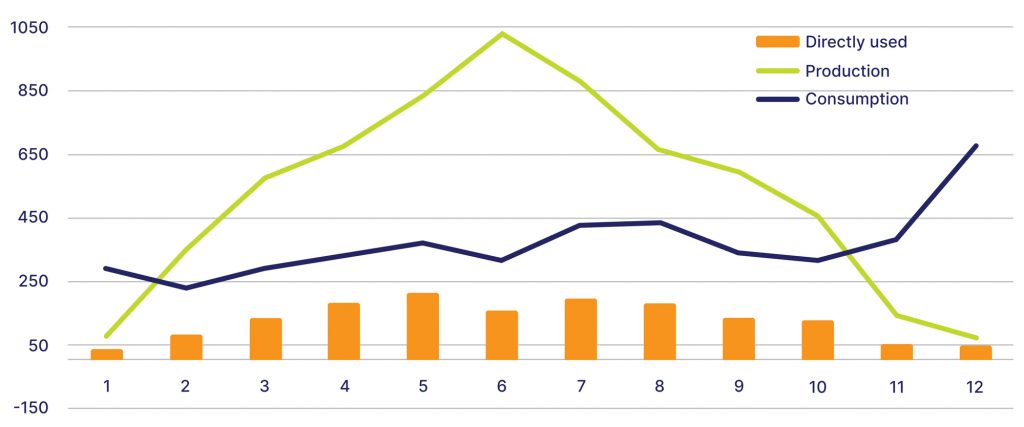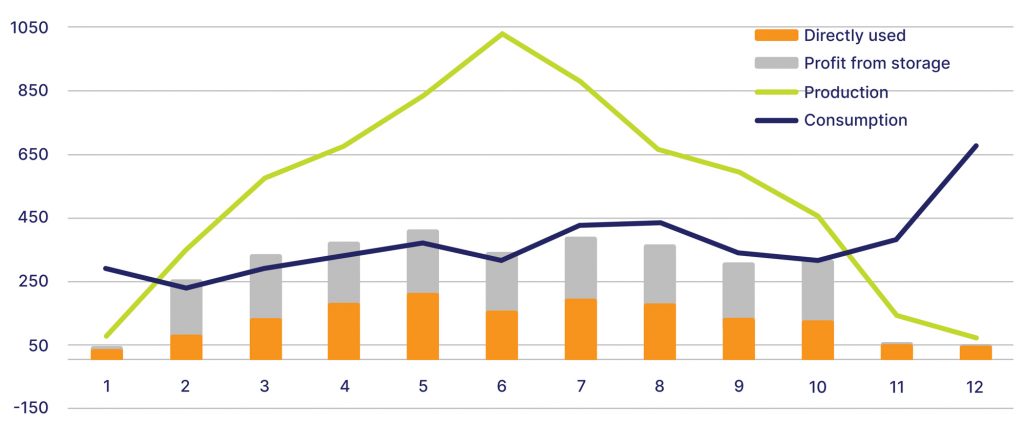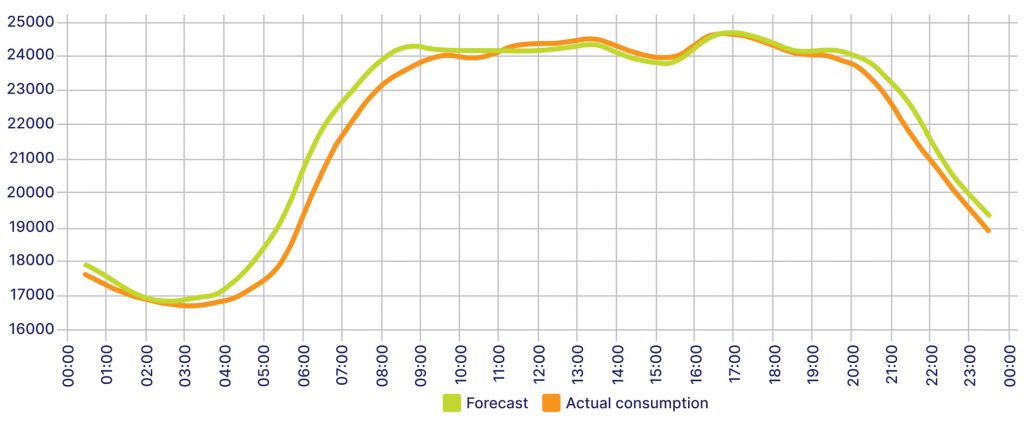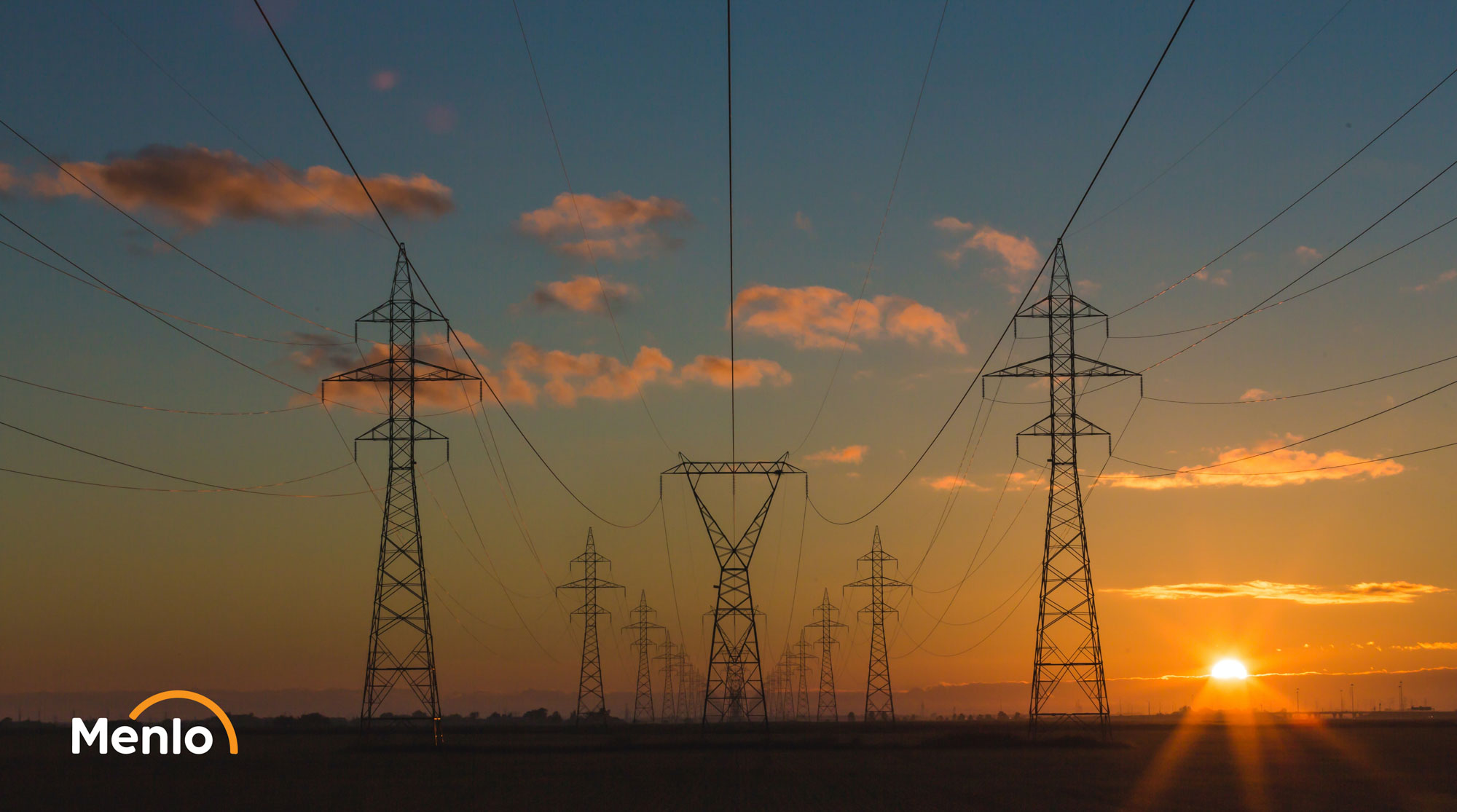We live in the age of the third revolution. Following industrialization and advancements in communications, we are now witnessing the energy revolution. What we are looking for are energy sources that are efficient, environmentally friendly, safe, and, above all, controllable. The consensus appears to be pointing towards photovoltaics as a primary energy source.
While the benefits of PV are clear on a macro scale, individual users are primarily interested in convenience. We want to use energy according to our needs, not based on the possibilities offered by the sun. How significant problem is that? And what could be the solution? Mikołaj Konieczka and Piotr Loga from Menlo Electric, the leading PV distributor in EMEA (Europe, Middle East, and Africa), bring a new perspective on the subject.
What is the issue at hand?
The main challenge related to green energy is its dependence on the elements. The window of time when we can produce the most solar energy does not coincide with the time when we wish to use it. To understand how today’s solar systems produce energy, Mikołaj Konieczka, Technical Support Expert at Menlo Electric, examined a real example of an installation that represents the production, consumption, and self-consumption of a typical PV unit from 2021.
| Month | Number of days | Directly used | Production | Consumption | Self-consumption |
| January | 31 | 35.3 | 78.84 | 288.19 | 45% |
| February | 28 | 81.44 | 350.33 | 228.55 | 23% |
| March | 31 | 134.28 | 575.14 | 289.39 | 23% |
| April | 30 | 182.74 | 676.37 | 332.99 | 27% |
| May | 31 | 212.97 | 835.83 | 370.99 | 25% |
| June | 30 | 155.78 | 1029.62 | 315.05 | 15% |
| July | 31 | 191.62 | 879.9 | 425.77 | 22% |
| August | 31 | 179.5 | 662.66 | 433.96 | 27% |
| September | 30 | 133.55 | 597.11 | 341.47 | 22% |
| October | 31 | 125.69 | 455.54 | 312.42 | 28% |
| November | 30 | 52.8 | 141.37 | 380.37 | 37% |
| December | 31 | 46.03 | 73.17 | 669.83 | 63% |
| total | 1531.7 | 6355.88 | 4389.0 | 24% |

The average annual self-consumption of our discussed installation stands at 24%. Even in the months when the installation produces maximum energy, the household still required supply of energy from the grid. At the same time there are timeslots in which the PV system produced more energy than was consumed by the household. This energy, in absence of the right legislation such as net-metering or feed-in-tariffs, could end up getting wasted.
Hence, the need for energy storage, which is easy to install, safe, scalable, and distributed right next to the energy source. So what does it actually do? Let’s consider an example with a minimum of approximately 6 kWh of storage over the course of a year:
| month | number of days | Directly used | production | Export without batteries | Export with batteries | Direct use increase from storage | Self-consumption without batteries | Self-consumption with batteries |
| 1 | 31 | 35.3 | 78.84 | 43.5 | 3.9 | 39.6 | 44.8% | 95.0% |
| 2 | 28 | 81.44 | 350.33 | 268.9 | 95.3 | 173.6 | 23.2% | 72.8% |
| 3 | 31 | 134.28 | 575.14 | 440.9 | 248.7 | 192.2 | 23.3% | 56.8% |
| 4 | 30 | 182.74 | 676.37 | 493.6 | 307.6 | 186.0 | 27.0% | 54.5% |
| 5 | 31 | 212.97 | 835.83 | 622.9 | 430.7 | 192.2 | 25.5% | 48.5% |
| 6 | 30 | 155.78 | 1029.6 | 873.8 | 687.8 | 186.0 | 15.1% | 33.2% |
| 7 | 31 | 191.62 | 879.9 | 688.3 | 496.1 | 192.2 | 21.8% | 43.6% |
| 8 | 31 | 179.5 | 662.66 | 483.2 | 291.0 | 192.2 | 27.1% | 56.1% |
| 9 | 30 | 133.55 | 597.11 | 463.6 | 277.6 | 186.0 | 22.4% | 53.5% |
| 10 | 31 | 125.69 | 455.54 | 329.9 | 137.7 | 192.2 | 27.6% | 69.8% |
| 11 | 30 | 52.8 | 141.37 | 88.6 | 7.1 | 81.5 | 37.3% | 95.0% |
| 12 | 31 | 46.03 | 73.17 | 27.1 | 3.7 | 23.5 | 62.9% | 95.0% |
| 6355.9 | 4824.2 | 2987.0 | 1837.18 | 53.0% |
And a chart showing the increased direct use: (kWh)

Of course, the more storage, the more energy is consumed locally. “By increasing the storage capacity to 9.6 kWh, the demonstrated system could increase direct consumption per year to 67.5%. This is why it is worth choosing a system that can be expanded with additional batteries in the future,” Mikołaj Konieczka says.
“The storage system offers a great bonus – the ability to store energy at times when electricity is cheaper and then use it when we need it the most while the grid power is more expensive. First in the early morning and second in the evening,” explains Piotr Loga, Technical Adviser at Menlo Electric.

The energy security of a building equipped with solar+ storage also should not be ignored. Thanks to the stored energy and the power of the EPS, continuous electricity supply to a building can be assured even in the event of a grid failure.
Solar + storage: the best solution?
Ultimately, the best solution is not easy: it involves changing our energy consumption habits. “To increase our own consumption, we can increase the capacity of our storage system, but not only that. We can use the excess energy to run a heat pump or charge our electric car. We can introduce smart home solutions and remotely switch on the most energy-intensive appliances while the sun is still shining, such as the washing machine or dishwasher,” concludes Piotr Loga.


